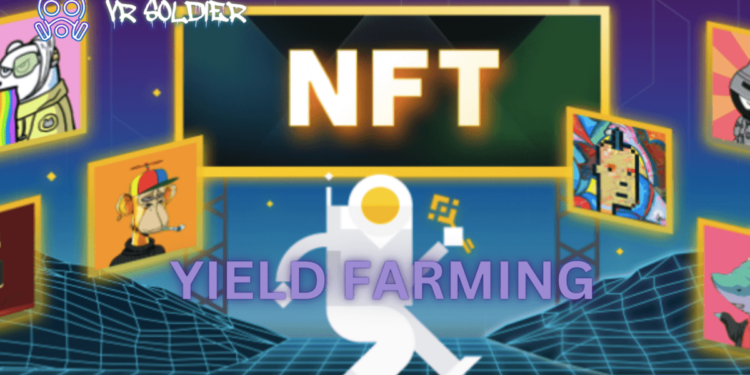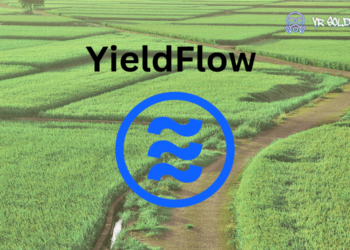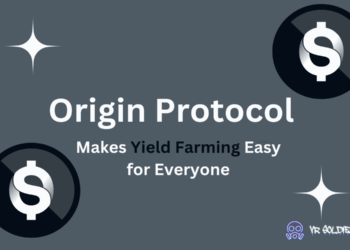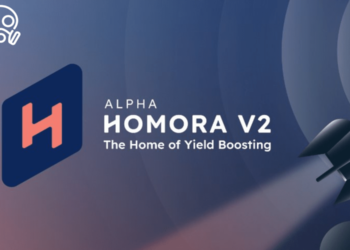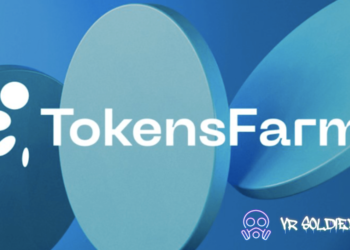The crypto space has undeniably witnessed a surge in interest towards non-fungible tokens (NFTs) in recent times. Their phenomenal explosion in popularity and value has captivated a vast audience over the past two years. NFT yield farming in the blockchain is just one facet of this industry that has sparked tremendous curiosity. If you’ve ever questioned whether this term has anything to do with traditional farming, the answer is no. NFT farming signifies the convergence point between Decentralized Finance (DeFi) and NFTs.
Understanding NFT Yield Farming
In contrast to traditional yield farming, which necessitates depositing digital assets into a liquidity pool to reap token rewards, NFT farming utilizes NFTs instead. The core objective of NFT farming is to cultivate liquidity and usability for NFTs.
Prior to the emergence of NFT farming, non-fungible tokens were perceived as exclusive digital collectibles that could only be purchased, held, and traded by their owners. Presently, NFTs can be leveraged to earn tokens, imbuing this novel type of digital asset with utility and bolstering its liquidity. At the present time, NFT farming is predominantly encountered in Blockchain games, where users can stake in-game items to receive tokens or vice versa.
NFT Yield Farming in Blockchain Gaming
Undoubtedly, DeFi has infiltrated the blockchain gaming landscape, presenting fantastic news for all professional gamers. It has empowered gamers to showcase their gaming prowess, collect their rewards as NFTs, and stake them within the gaming platform to generate returns.
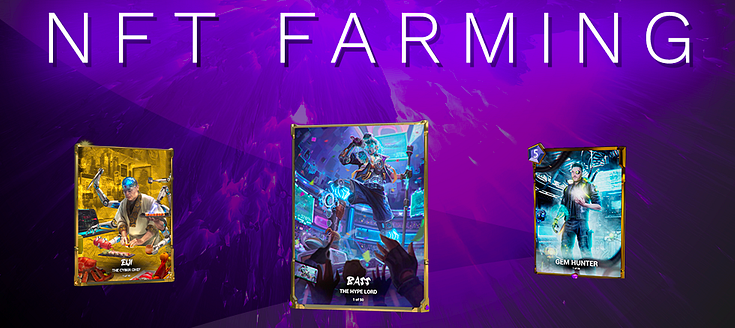
NFTs are poised to revolutionize the gaming industry, following in the footsteps of music and art. Blockchain-based gaming platforms are capitalizing on NFT gamification and Yield Farming to maximize player rewards and maintain their engagement.
The Mechanics of NFT Farming
You’re likely familiar with the concept of NFTs residing on blockchains such as Binance Smart Chain, Ethereum, and Polygon. These digital assets also adhere to established standards and function across numerous applications. An NFT possesses interoperability, signifying a single digital asset’s ability to connect with a multitude of diverse smart contracts or programs. However, its important to note that to embark on NFT farming, users necessitate a crypto wallet.
Once acquired, it’s difficult to establish a connection between their crypto wallet and some of the blockchains. They’ll first need to fund their wallet with a specific token, depending on their chosen platform.
After that, it’s necessary to stake that token within a pool. Ultimately, users can earn rewards to their contribution to the total pool. Remember, the staking portal serves as the cornerstone of this process. Moreover, a staking portal is where you’ll deposit NFTs into vaults from which you can earn rewards.
Conclusion
Away from conventional yield farming, NFT farmers are also exposed to vulnerabilities within the DApp’s smart contract code. This could translate to volatility risk in the platform’s token or a complete loss of funds. As a consequence, people could incur substantial losses upon converting the earned tokens back into fiat currency or stablecoins.

